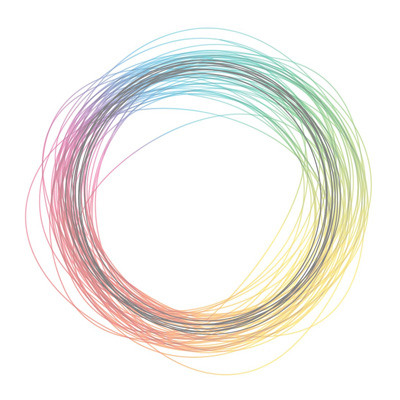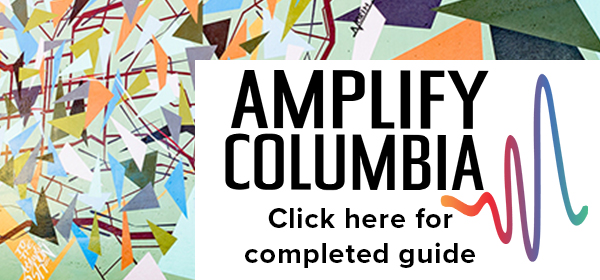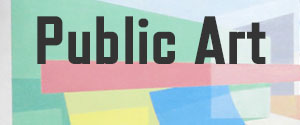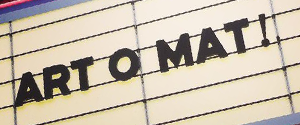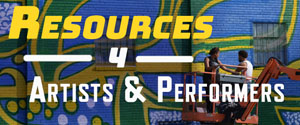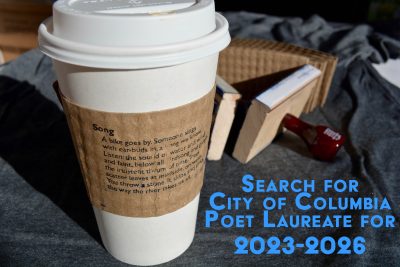Storm & Chess is a collaborative multimedia (poetry, sound, and video) art piece that explores the dissolving of barriers created through words and gestures.
The performance will take place in the Olympia Room next to the 701 CCA gallery. Light refreshments, beer and wine will be served. Admission is free for 701 CCA members and $5 for non-members.
Why do our words fail when we really want to embrace?
How can our mere gestures communicate coldness and warmth?
How important is context?
As ... view more »
Storm & Chess is a collaborative multimedia (poetry, sound, and video) art piece that explores the dissolving of barriers created through words and gestures.
The performance will take place in the Olympia Room next to the 701 CCA gallery. Light refreshments, beer and wine will be served. Admission is free for 701 CCA members and $5 for non-members.
Why do our words fail when we really want to embrace?
How can our mere gestures communicate coldness and warmth?
How important is context?
As these questions are presented through an absurdist/minimalist aesthetic, the performers hope to use fragments of the abstract to make greater sense of simplifying the mysteries of communication.
Chess, being a two-player game of calculated moves and deliberate foresight, also serves as a great impetus for a piece which observes the exchange in a subtly romantic way.
The name was inspired by the German-Romantic literature and art movement/renaissance (1760-1780s) which magnified the desire for individual freedom of expression, called Sturm und Drang (or Storm and Stress). Storm & Chess believes in leaving plenty of room for elasticity of the given meanings to words, gestures, sounds, and other means of communication presented.
Featuring a unique vocal delivery of text (derived/manipulated from chess strategy manuals) by poet Sara Whitney Peck, sound design (from physical chess pieces and acoustic/electronic means) by Nicholas M. Jenkins, and video (as a 3rd dimension of collaboration): Storm & Chess at the very least aims to awaken the hyperawareness of the audience/performer relationship.
View less
